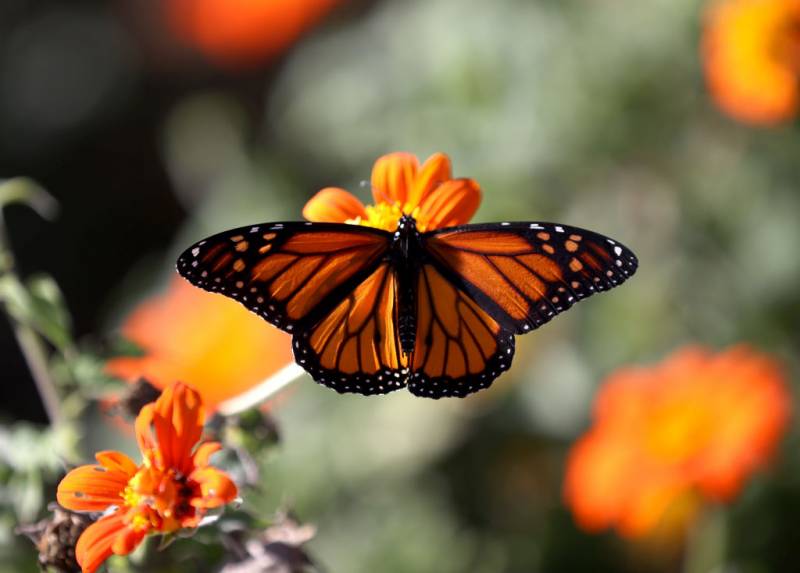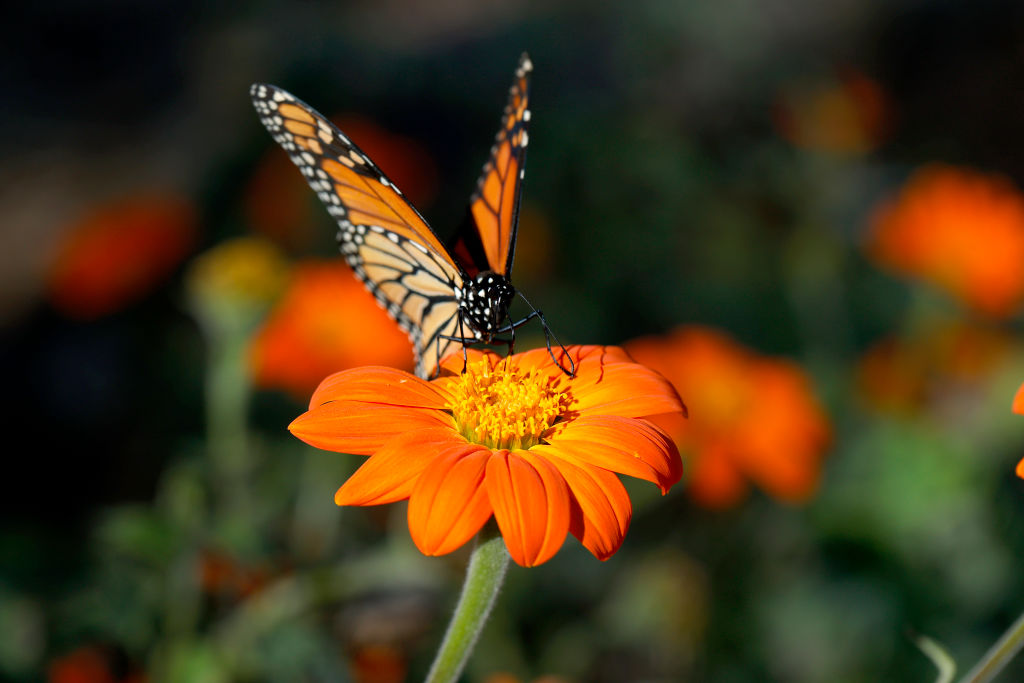There is a ray of hope for the vanishing orange-and-black Western monarch butterflies.
The number wintering along California’s central coast is bouncing back after the population, whose presence is often a good indicator of ecosystem health, reached an all-time low last year. Experts pin their decline on climate change, habitat destruction and lack of food due to drought.
An annual winter count last year by the Xerces Society recorded fewer than 2,000 butterflies, a massive decline from the tens of thousands tallied in recent years and the millions that clustered in trees from Northern California’s Mendocino County to Baja California, Mexico, in the south in the 1980s. Now, their roosting sites are concentrated mostly on California’s central coast.
This year’s official count started Saturday and will last three weeks, but already an unofficial count by researchers and volunteers shows there are over 50,000 monarchs at overwintering sites, said Sarina Jepsen, director of the endangered species and aquatic program at the Xerces Society for Invertebrate Conservation. KQED Forum's Alexis Madrigal spoke with experts about the surprising uptick in the Western monarch butterfly population.
“This is certainly not a recovery, but we’re really optimistic and just really glad that there are monarchs here and that gives us a bit of time to work toward recovery of the Western monarch migration,” Jepsen said.
Western monarch butterflies head south from the Pacific Northwest to California each winter, returning to the same places and even the same trees, where they cluster. The monarchs generally arrive in California at the beginning of November and spread across the country once warmer weather arrives in March.

